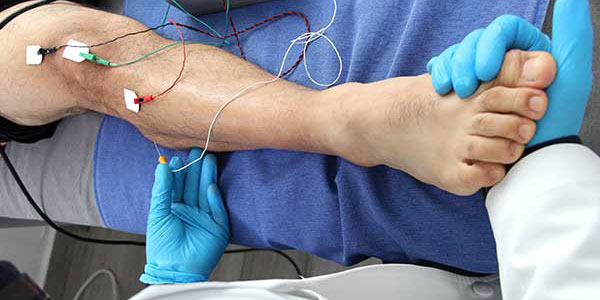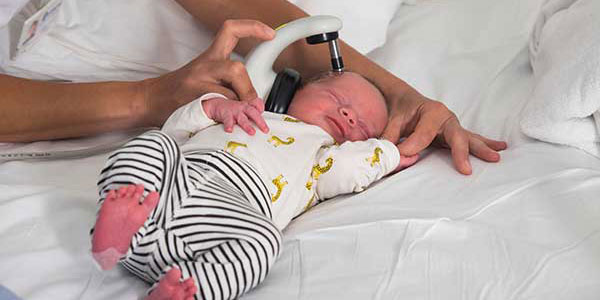


If you have a suspected abnormality in your brain or nervous system, you would then receive a recommendation to undergo an evoked potential test to determine the underlying cause of your condition. At Michigan Neurology Associates & Pain Consultants, we perform a variety of evoked potential tests on-site within our two locations (Clinton Township & St. Clair Shores, MI).

An evoked potential test is conducted to measure the electrical activity of various components of nervous system in response to sensory stimulation, such as light, touch, or sound. These tests are very sensitive measures of damage along the brain ,spinal cord, or nerve pathways, allowing for the accurate diagnosis of many neurologic conditions.
Three types of evoked potentials may be performed depending on your Physician’s concerns:
An evoked potential test is essential to objectively diagnose neurological conditions that impact your brain and peripheral nerve functioning, such as multiple sclerosis, or optic nerve disease.
Our locations have specialists who can perform and guide you on how to best prepare for your evoked potential test thereby maximizing the sensitivity of this form of objective neurophysiologic and, reducing artifacts. Only then can the results be helpful in your diagnosis.
Here is general outline of what you can expect:
You must wash your hair the night before the procedure and avoid applying hairspray, conditioner, and other hair care products the morning of, as these could interfere with your test. You must inform us about your existing health condition and the medications you are taking, and based on your answers, we may request you follow a few other specific instructions.
These noninvasive evoked potential tests are performed in our outpatient center. To prepare you for the procedure, we will ask you to wear the provided procedural gown and remove any hairpins, jewelry, hearing aids, eyeglasses, or other metal objects that may interfere with your procedure. Afterwards, we will ask you to relax in a reclining chair or lie on the bed and then place electrodes using a paste. A sedative is sometimes necessary.
The placements of electrodes depend on the type of evoked potential test being performed.
Once the test finishes, we will remove the electrodes and wash off the paste.
We will inform you about resuming the medications you paused for the test and give you additional instructions based on your condition. Lastly, you may need to wash your hair after returning home to remove the remaining paste.
At Michigan Neurology Associates, we are committed to serving you promptly and professionally for your evoked potential testing needs. Book an appointment today for a cost-effective yet impactful screening.
Request an Appointment